exhibition
27 November 2019 > 27 September 2020
Gio Ponti. Loving architecture
#GioPonti #lovingarchitecture
opening hours
Monday closed
Tuesday to Sunday 11 am – 7 pm
Holidays extraordinary openings and closings
more informationMonday 8 December 11 am > 7 pm
Wednesday 24 December 11 am > 4:30 pm
Thursday 25 December closed
Wednesday 31 December 11 am > 4:30 pm
Thursday 1 January 11 am > 7 pm
Monday 5 January 11 am > 7 pm
Tusday 6 January 11 am > 7 pm




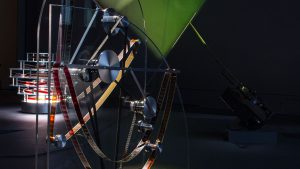




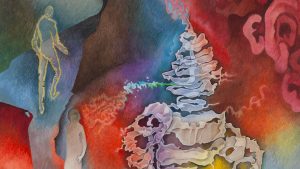
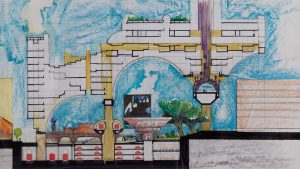
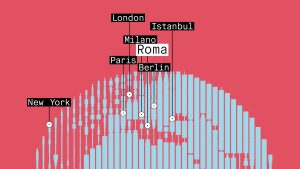


















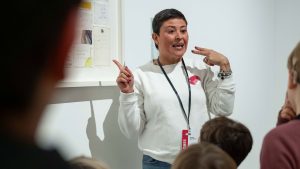



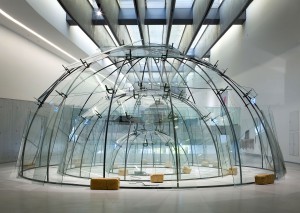

















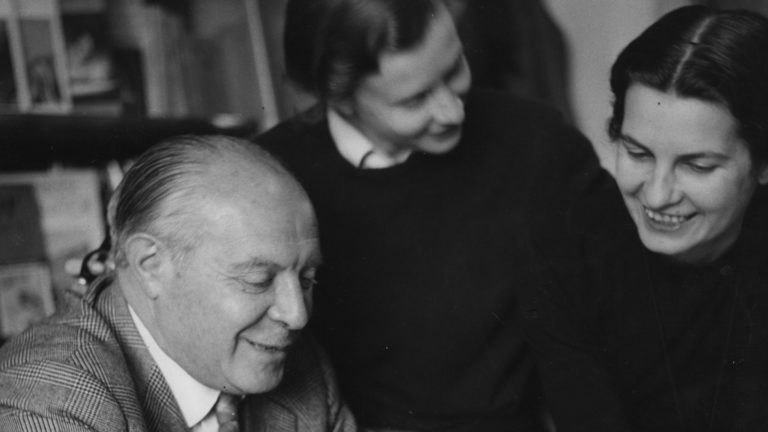

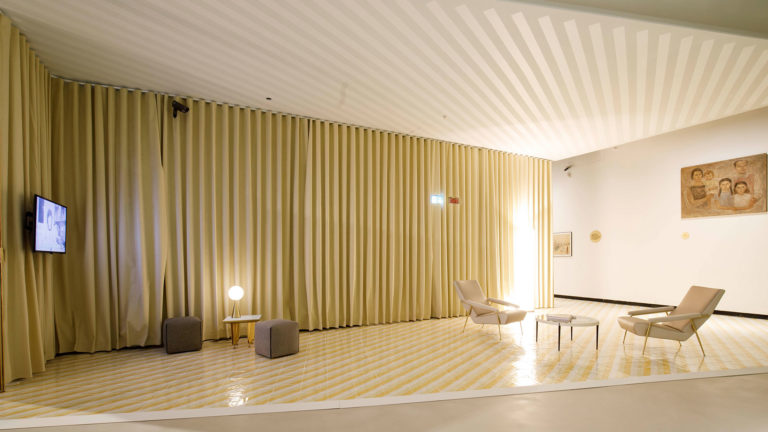









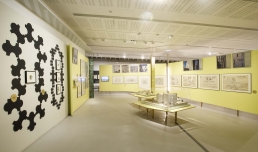










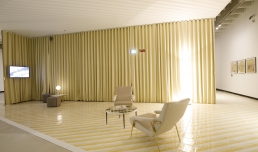









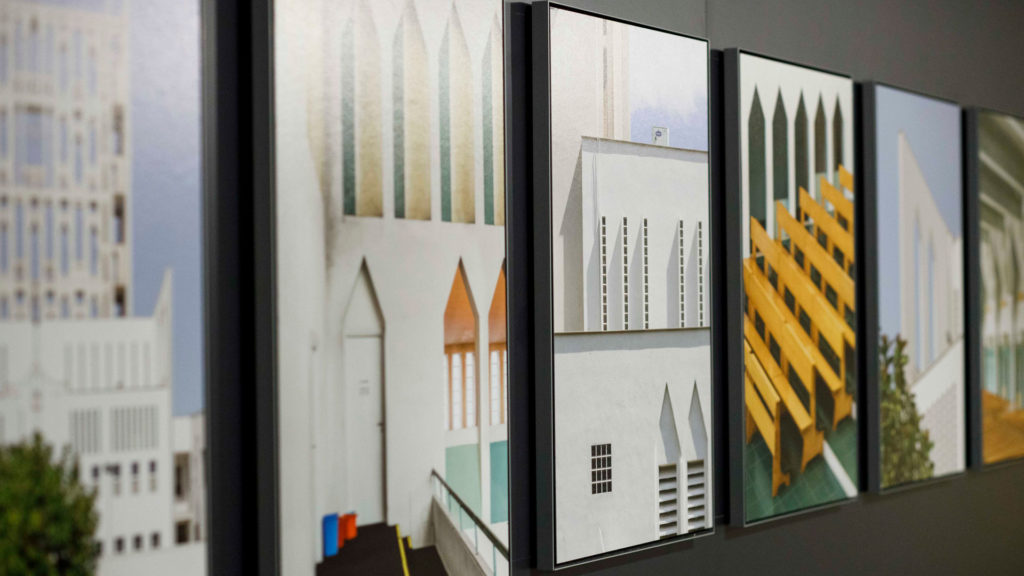

In May 2020 the exhibition reopens to the public on the following days > 22-23-24 /29-30-31.
And from 2 June on the usual museum opening days and hours.
gallery 5
curated by Maristella Casciato, Fulvio Irace with Margherita Guccione, Salvatore Licitra, Francesca Zanella
40 years on from his death, MAXXI is dedicating a major retrospective to him that studies and presents his versatility, starting out with an account of his architecture.
Architect, designer, art director, writer, poet, critic and all-round artist, Gio Ponti has been the object of historical-critical literature and exhibition programmes that would be difficult to equal.
From the styling of everyday objects to the invention of spatial configurations for the modern home through to the realisation of complex projects inserted within an urban context such as the Pirelli skyscraper in Milan or the cathedral in Taranto, Ponti’s design was characterised by his comfort in switching scales.
Produced in collaboration with the CSAC of Parma and Gio Ponti Archives, the exhibition presents archive materials, models, photographs, books, magazine and objects that permit the discovery of a remarkable protagonist of Italian architecture who left an indelible mark on diverse continents.
SECTIONS
Towards the exact house
Living nature
Classicisms
Architecture of the surface
Architecture as crystal
Light Facades
Appearance of skyscrapers
The spectacle of cities
Contemporary gazes